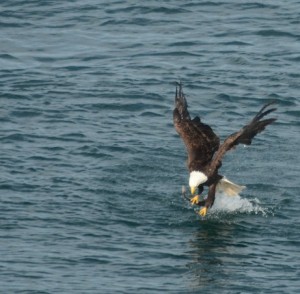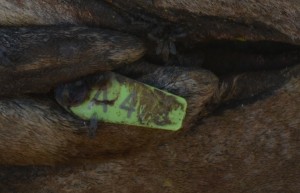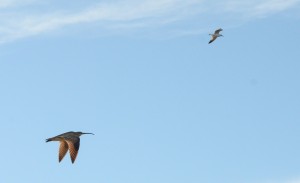Wind: yesterday 15-46 knots W, today 3-14 knots W shifting clockwise around to S
Sea State: yesterday up to 2 m waves, today rippled water
Visibility: 10 NM
Sky: yesterday overcast, today mainly sunny
Temperature: yesterday 6-7 °C, today 3-5 °C
Atmospheric CO2: 413.56 ppm (recorded by NOAA at Mauna Loa Observatory, Hawaii)
The last two days were spent doing some tasks around the island like running the desalinator, topping up the batteries with the generator and cleaning. Today, the sun in the morning and early afternoon was taken advantage of to get a great view of all the species for the weekly census and do a solar powered load of laundry.
The only visitor was Greg, who came out from the college this afternoon for an hour to show me how to use some equipment and remove a load garbage from the island. No other boats were seen in the ecological reserve.
I am glad to hear the Race Rocks live video cameras are being used by the grade 10 students in the Trek Outdoor Education Program, in Vancouver.
Weekly megafauna and bird census results:
7 elephant seals (1 pup, 3 adult females, 3 adult males)
262 steller sea lions
413 california sea lions
45 harbour seals
9 bald eagles (7 adults, 2 juveniles)
1 raven
59 pelagic cormorants
17 brandt’s cormorants
8 double-crested cormorants
663 thayer’s gulls
5 surf scoters
41 black oystercatchers
8 harlequin ducks
1 whimbrel
12 surfbirds
30 black turnstones
1 snow bunting
- A seal lion surfs in a wave with a container ship in the background
- The group of elephant seals bask in their usual spot in the middle of the island.
- A closer view of the elephant seal pup and mother. The pup is growing fast, since its birth just 12 days ago.
- A raven is seen in its usual spot by the cannon at the base of the lighthouse.
- The desalinator system using reverse osmosis to turn seawater into freshwater.
















































